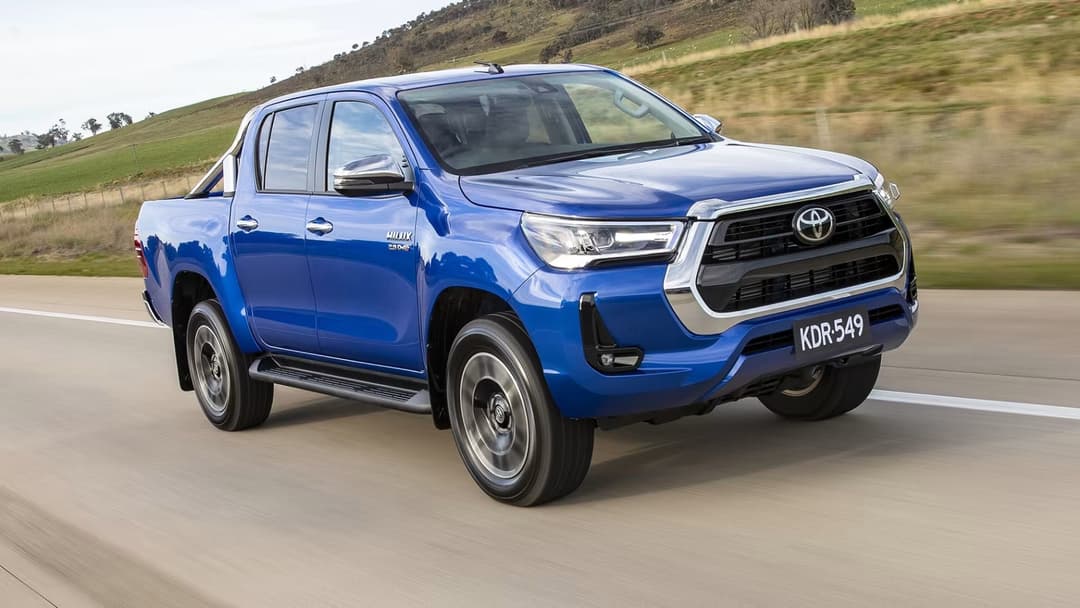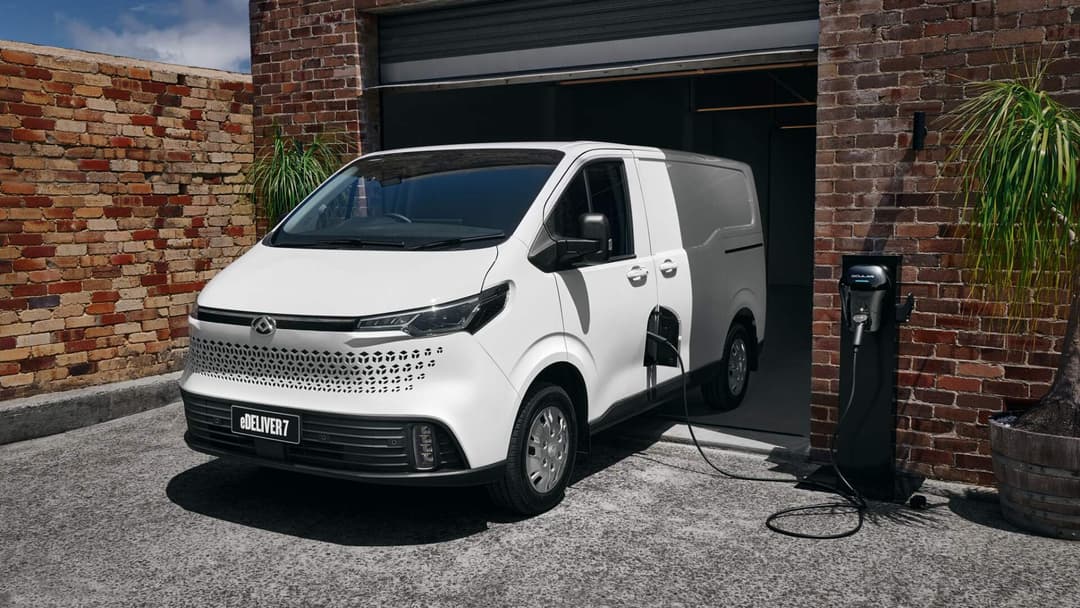
The EV transition is about to kick up a notch with the introduction of a New Vehicle Efficiency Standard (NVES) - albeit softened.
In response to concerns from 'legacy' automakers such as Toyota, the Australian government has decided to make concessions to the impending new vehicle efficiency standards, aiming to strike a balance between its environmental commitments and industry pressure.

Key concessions being made include:
- Initially set to commence on January 1, 2025, the new standard will now be postponed by six months to July 2025.
- Recategorising certain 4WD vehicles, such as the Toyota Landcruiser and Nissan Patrol, from passenger cars to light commercial vehicles, accounting for their utilitarian chassis and towing requirements.
- Smoothing emissions trajectories for light commercial vehicles to ease the transition for vehicles like utes, vans, and 4x4s. These include models like the Isuzu MU-X and Ford Everest
Many of these concessions were made off the back of industry concerns about the potential "ute tax".

Historically, Australia has lagged behind other major economies in imposing vehicle efficiency standards, sharing this distinction only with Russia. Car manufacturers have indicated that such lack of regulation has hindered the availability of efficient and electric vehicles (EVs) in Australia, largely due to global prioritization based on existing standards elsewhere.
Minister Bowen expressed that while not all demands have been met, the compromise strikes a balance between industry apprehension and avoiding Australia's relegation to the 'G2' of inefficiency standards along with Russia.
Despite the relaxation of standards, reductions in emissions are still estimated to reach 50% by 2029, a modest reduction from the previously projected 60%.

The New Vehicle Efficiency Standard will compel automakers to keep their annual sales' average CO2 emissions within a diminishing cap, year on year. Non-compliance will result in the need to purchase offsets from other brands meeting the standards or face substantial fines.
This policy incentivises manufacturers to increase sales of efficient or electric models and to reduce the availability of high-emission vehicles.
Stay up to date with the latest EV news
- Get the latest news and update
- New EV model releases
- Get money savings-deal
